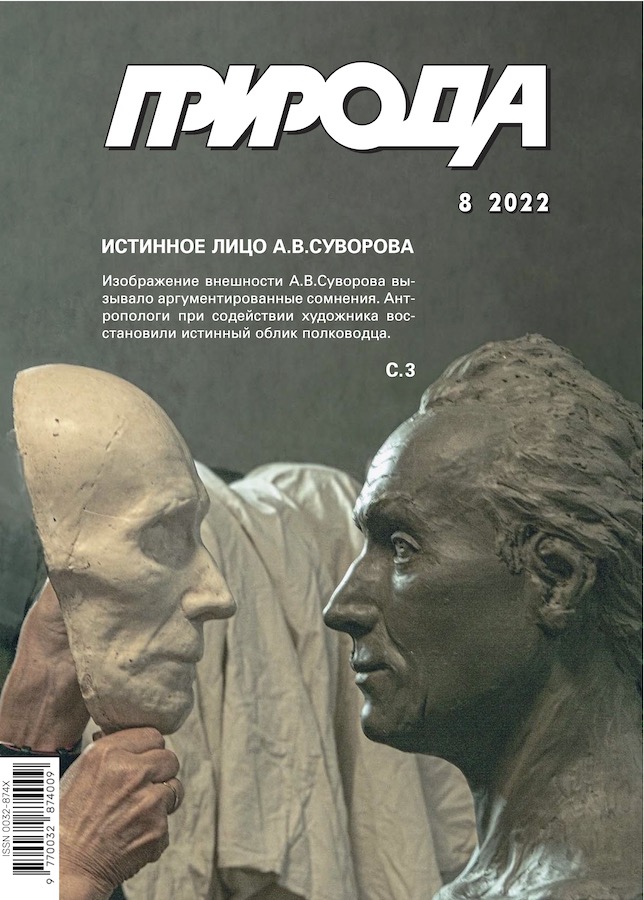Chyornye Zemli of Kalmykia: Is the Desert Returning Back?
- Authors: Surkova E.N1, Kulik A.A2, Kuznetsova E.V3, Bazykina S.G3, Savinetskaya L.E1, Tchabovsky A.V1
-
Affiliations:
- Severtsov Institute of Ecology and Evolution, RAS
- Elista Plague Control Station
- Letovo School
- Issue: No 8 (2022)
- Pages: 13-20
- Section: Articles
- URL: https://journals.eco-vector.com/0032-874X/article/view/627745
- DOI: https://doi.org/10.7868/S0032874X22080026
- ID: 627745
Cite item
Abstract
About the authors
E. N Surkova
Severtsov Institute of Ecology and Evolution, RAS
Email: immaly@yandex.ru
Moscow, Russia
A. A Kulik
Elista Plague Control Station
Email: andrejkulik0455@gmail.com
Elista, Republic of Kalmykia, Russia
E. V Kuznetsova
Letovo SchoolMoscow, Russia
S. G Bazykina
L. E Savinetskaya
Severtsov Institute of Ecology and Evolution, RAS
Email: ligen54@rambler.ru
Moscow, Russia
A. V Tchabovsky
Severtsov Institute of Ecology and Evolution, RAS
Email: tiusha2@mail.ru
Moscow, Russia
References
- Holling C.S. Resilience and stability of ecological systems. Annu. Rev. Ecol. Syst. 1973; 4(1): 1–23.
- Неронов В.В., Чабовский А.В., Александров Д.Ю., Касаткин М.В. Пространственное распределение грызунов в условиях антропогенной динамики растительности на юге Калмыкии. Экология. 1997; 5: 369–376.
- Шилова С.А., Чабовский А.В., Исаев С.И., Неронов В.В. Динамика сообщества и популяций грызунов полупустынь Калмыкии в условиях снижения нагрузки на пастбища и увлажнения климата. Известия РАН. Серия биологическая. 2000; 3: 332–344.
- Смелянский И.Э., Буйволов Ю.А., Баженов Ю.А., Бакирова Р.Т. и др. Степные пожары и управление пожарной ситуацией в степных ООПТ: экологические и природоохранные аспекты. Москва, 2015.
- Krogh S.N., Zeisset M.S., Jackson E., Whitford W.G. Presence/absence of a keystone species as an indicator of rangeland health. J. Arid Environ. 2002; 50(3): 513–519. doi: 10.1006/jare.2001.0900.
- Варшавский С.Н., Попов Н.В., Варшавский Б.С. и др. Изменение видового состава грызунов в Северо-Западном Прикаспии под влиянием антропогенных факторов. Зоологический журнал. 1991; 70(5): 92–100.
- Tchabovsky A.V., Savinetskaya L.E., Surkova E.N., Ovchinnikova N.L., Kshnyasev I.A. Delayed threshold response of a rodent population to human-induced landscape change. Oecologia. 2016; 182(4): 1075–1082. doi: 10.1007/s00442-016-3736-9.
- AlleeW.C., Emerson A.E., Park O. et al. Principles of animal ecology. Philladelphia; London, 1949.
Supplementary files









